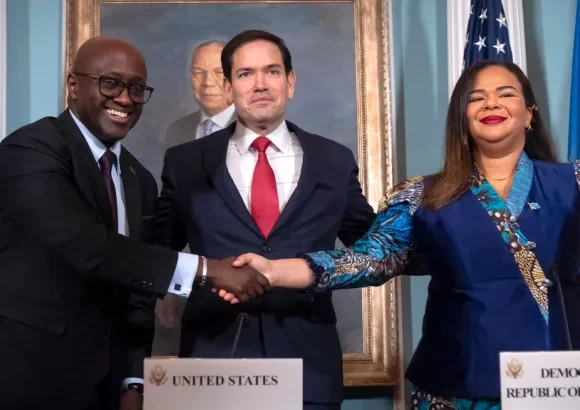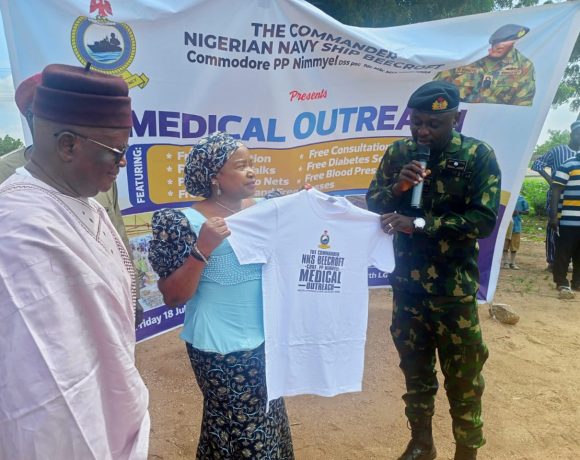The Geo-Strategic Power of Economic Corridors with Africa, Asia & the middle east

Israel
Opinion by Samuel Shay, Entrepreneur and Senior Economic Advisor to the Abraham Accords
Abstract:
The new economic corridors – IMEC, Golden Angel, and complementary links to the Silk Road are reshaping the map of power, trade, and security from Asia through the Middle East to Africa and Europe. The integration of physical and digital infrastructure, regional economic governance, and advanced financial models is transforming the Abraham Accords from a diplomatic framework into an influential economic club that grants member states new international status.
From Political Framework to Economic Club
- The Abraham Accords have evolved from a logic of localized normalization to a club model: accession of new members is based on peace with Israel and integration into a network of corridors, financial and technological investments, and shared performance metrics.
- The club is driven by complementary interests: capital and finance from the Gulf, markets and technology from Israel, production capacity and resources from Africa, and industrial depth and global trade from Europe and India.
The Architecture: One Network, Three Axes
- IMEC: India – Gulf States – Israel – Europe. Integration of railways, ports, energy pipelines, electricity and data transmission, and smart customs processes.
- Golden Angel: An economic-logistic axis connecting Europe, Turkey, Israel, Sinai, and Egypt to Africa’s gateways, interfacing with inland railways and maritime corridors.
- Silk Road: The broader Asian layer providing diversification and reducing dependency on a single route.
Infrastructure as an Instrument of Power
- Ports, railways, highways, gas-ammonia-hydrogen pipelines, HVDC power lines, and data rails are becoming diplomatic tools: they create incentives for cooperation, reduce border friction, and raise the cost of conflict.
- Digital as dual infrastructure: 5G-6G networks, international internet exchanges, regional data centers, and digital customs protocols shorten supply chains and increase transparency.
Major Economic Impact
- Reduced transport time between India and Europe from days to hours across land sections, lowering shipping and insurance costs.
- Decreased risk premiums for participating states, rising foreign investment, and expanded industrial and service employment along the routes.
- Diversified supply chain risks and redundancy against maritime chokepoints.
Energy and Climate Security
- Energy corridors transport gas today and will transport green hydrogen and ammonia tomorrow. Integration of solar-wind electricity from the Gulf and the Negev with stable generators in North Africa balances regional grids.
- Emission reduction through shorter transport routes, rail-based freight movement, and electrification of regional fleets.
The Concept of Subsea and Underground Tunnels and Railways
- The India – Oman Subsea Infrastructure Canal: twin rail lines and truck lanes in one or several tunnels, equipped with emergency exits and ventilation systems. It requires multi-year planning but provides stable capacity protected from storms, piracy, and maritime congestion.
- Underground tunneling in Egypt – Africa: in ecologically sensitive areas, tunneling shortens timelines, reduces expropriations, and preserves forests and natural corridors. Modular engineering enables continuous and controlled deployment.
- Time ratio: in many cases, underground construction avoids statutory delays and environmental lawsuits that prolong above-ground projects. While the ratio depends on topography, the operational and ecological advantages are clear.
Egypt as Africa’s Gateway, Israel as the Regional Hub
- Egypt provides access to Sinai, the Mediterranean, and African logistics. Investments in highways, railways, and logistics centers in Suez – Port Said – Burg el-Arab leverage the entire network.
- Israel serves as an integrative junction: Haifa – Ashdod ports, accelerated rail to the Gulf, digitized customs, and data gateways. It is the regional multiplexer routing goods, energy, and information.
Asia and Africa Within the Club
- India: production capacity, technology, and market power. Leveraging the corridors to shorten access to Europe and North Africa.
- Africa: leveraging mining resources, advanced agriculture, local processing, and exports through Egypt – Israel – the Gulf. The corridors enable a transition from raw-material dependence to value-added economies.
Financial Models: Funding the Land-Sea Network
- PPP frameworks combining Gulf sovereign capital with infrastructure bonds, political risk insurance, and government guarantee mechanisms.
- Project securitization: dividing cash flows into risk tranches, creating a secondary market for infrastructure securities, and ensuring transparent performance metrics.
- Development banking and climate funds finance the green Capex layer: electrification, green hydrogen, sensors, and digital monitoring.
Governance, Standards, and Soft Borders
- Unified customs protocols, digital certificates of origin, universal cargo identifiers, and harmonized safety standards enable border crossings like transit points rather than hard barriers.
- Coordinated energy and power transmission regulation reduces line losses and increases reliability.
Regional Balance of Power
- The corridors create interdependence that reduces incentives for escalation. Any disruption cuts revenues for an entire region rather than a single state.
- Multiple routes expand strategic maneuvering space for regional states vis-à-vis global powers.
Phased Implementation Plan
- Phase 1: Map bottlenecks and consolidate fast-track projects: port expansions, inland terminals, customs digitalization, data centers.
- Phase 2: Critical rail connections, dual-use energy pipelines, HVDC links, and strategic cargo prioritization standards.
- Phase 3: Underground and subsea tunnel projects, industrial and value-added hubs along the corridors, securitization-based financing paths.
KPI Mechanisms for Results-Based Policy
- Door-to-door container time India – Europe.
- Share of cargo transported by rail vs. road.
- Grid availability and energy transmission reliability along the corridor.
- Share of local processing in Africa vs. raw material export.
- Volume of foreign direct investment and new employment in corridor cities.
Risk Management
- Political-security: risk insurance, multi-layered protection, and promotion of projects with shared benefits.
- Financial: currency hedging, layered risk-sharing between debt and equity, guarantee funds.
- Environmental-social: tunneling in sensitive zones, public engagement, vocational training, and local employment.
What Israel and the Gulf States Should Do Now
- Establish a permanent Abraham Club Secretariat to manage corridors, set standards, digital customs, KPIs, and conflict resolution.
- Launch a Joint Corridor Fund with first-tier Gulf capital, Israeli-regional management, and Indian-European partners.
- Promote OEM frameworks for clean energy and smart transport industries along the routes.
- Accelerate deployment of startups along the corridors: smart logistics, trade fintech, infrastructure monitoring, and agri-tech for African corridor valleys.
Conclusion
Whoever connects rails, pipelines, and fiber connects interests. The economic corridors, in a smart blend of physical and digital infrastructure, are turning the Abraham Accords from a diplomatic agreement into a regional growth engine. They are the key to elevating the Middle East’s status, advancing Asia – Africa integration, and creating multiple pathways toward long-term security and prosperity.









